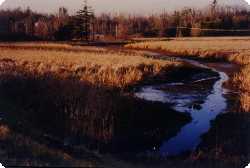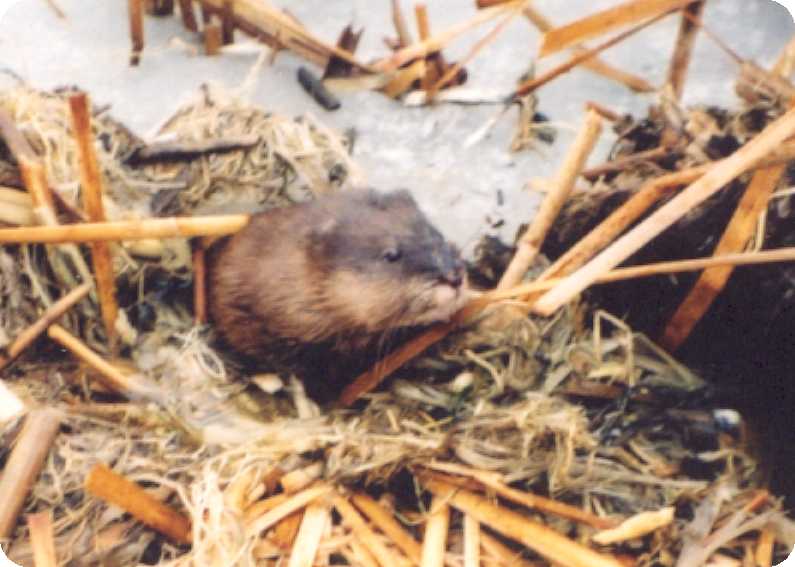SUNY ESF
Coastal Wetland Restoration
Coastal wetland restoration is an integral part of our research. Nearshore wetland areas contain the greatest fish diversity, where many lesser-known species survive: for example, many minnow species (including the state endangered pugnose minnow), darters, killifish, bullheads, longnose gar, bowfin, suckers, silversides, mudminnows, and grass pickerel. These nearshore wetlands also provide the spawning and nursery habitats for many of the key sportfishes.
Water control structure at Cranberry Marsh
Water Level Management
Research has shown considerable change in wetland structure and function associated with climate change, land use, and water level management. Historical vegetation changes of tributary wetlands have been evaluated using aerial photographs and an analysis of a deep sediment core, including wetland pollen identification. These analyses have shown an increasing dominance of monotypic cattail stands along with a decrease in sedge meadow habitats that occurred over the past 200 years coinciding with climate change and the beginning of agricultural development (Beland, 2003).

Muskrats
The effect of muskrat (Ondatra zibethicus) herbivory and factors influencing their population dynamics are also key components of the research. Muskrat consumption and use of cattail for house and mound construction can have a significant impact on the habitat structure of a wetland. Muskrat activity creates open spaces in the cattail stands, decreasing cattail density, diversifying habitat and allowing other species to become established. Their populations however, are negatively affected by the low water levels currently maintained in the winter by the IJC. Muskrat population response to managed water level regimes continues to be monitoring using winter house counts as an estimate of density.
This is a photo of French Creek, an unmanaged tributary that has water levels that fluctuate with the river. Unmanaged marshes experience significant draw down in the fall often restricting large muskrat houses like this one to the channel edge.


